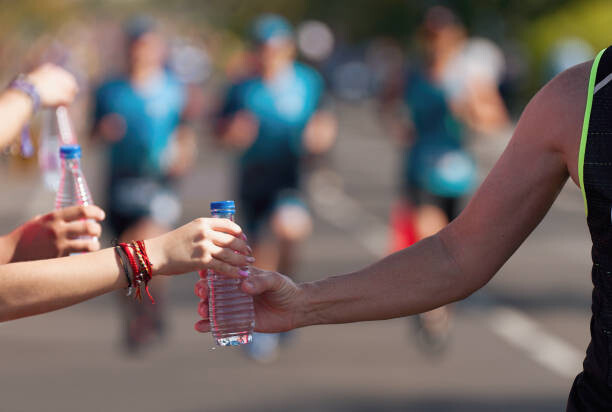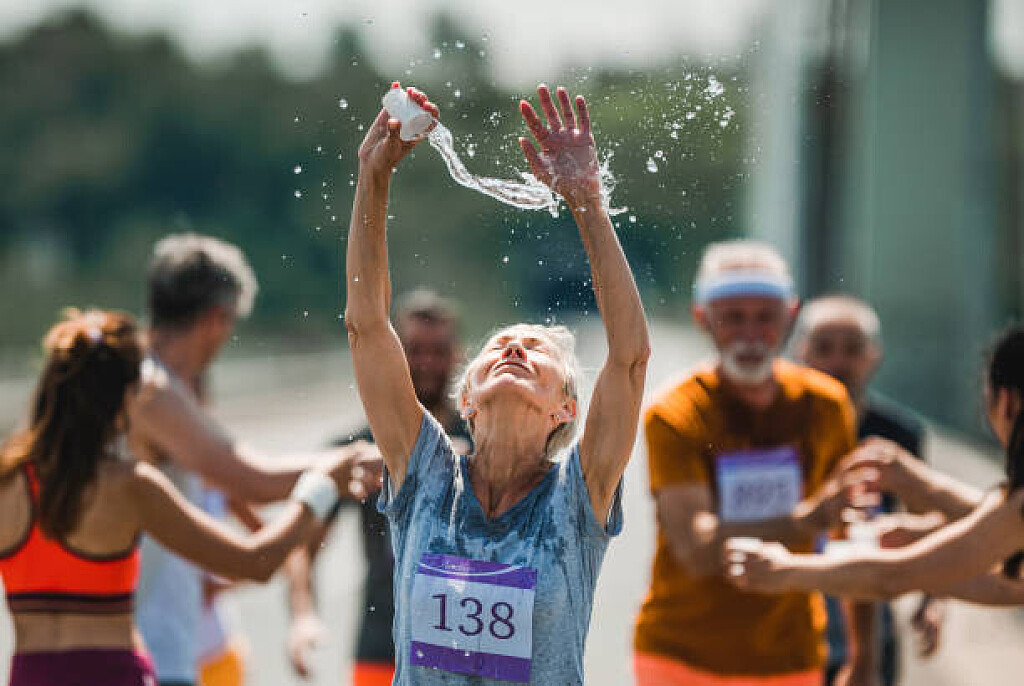Running News Daily
Running News Daily is edited by Bob Anderson. Send your news items to bob@mybestruns.com Advertising opportunities available. Train the Kenyan Way at KATA Kenya and Portugal owned and operated by Bob Anderson. Be sure to catch our movie A Long Run the movie KATA Running Camps and KATA Potato Farms - 31 now open in Kenya! https://kata.ke/
Index to Daily Posts · Sign Up For Updates · Run The World Feed
Four ways to brace for a sweltering race
If the weather could give you whiplash, no month would be a bigger pain in the neck than May. In much of Canada, this is a month of drastic temperature jumps that can necessitate clearing closet space for fleece sweaters as well as tank tops. No one feels the shock of May’s sudden temperature spikes quite like runners, particularly those registered for races at the end of the month or in early June. These athletes often spend the last crucial weeks of training in temperatures just north of freezing, only to be slapped by a brutal blast of July-like heat and humidity when toeing the starting line.
Being prepared to race in the fast-approaching season of sizzle means acclimating your body now. Check out these four tips for getting a head start on scorching weather before the mercury soars.

1.- Layer up
Dressing for the weather is sound year-round advice, and early May is the exception that proves the rule. When preparing your body and mind for the hotter days ahead, dressing for discomfort is the way to go. Layering up with an extra jacket, technical shirts and running tights for at least a couple of runs a week—and ideally including your long run—will help turn up the heat on a cold morning. Throwing in non-breathable pieces that aren’t typically part of your running wardrobe—plastic rainwear is perfect, if you have it—can help acclimate you to humidity as well as heat. It’s important, however, to compensate for the extra heat by having plenty of water on hand. You’re trying to train your body to perform while it’s hot, not while it’s dehydrated, and it’s important to be able to quench your thirst.

2.- Fire up the furnace
The trusty treadmill that you’ve relied on through the long winter tends to start gathering dust as soon as snow and ice disappear in spring. Don’t fold it up and shove it under the bed just yet—it can be the perfect pathway to heat acclimation. Cranking the thermostat and incorporating more treadmill runs into your training week is an effective way to prepare for racing in hot weather. Those without a fireplace will take a bit of a hit on their energy bill, but it might just be worth the investment.
3.- Keep it on simmer after your run
Ditch the post-run cooldown and instead use the opportunity to continue working on your heat adaptation. One of the most effective ways to do this is by capping off your run with a sauna session. A recent study shows that a 30-minute post-run sauna treatment is effective in helping distance runners adapt to running in hot weather. Sweating it out by soaking in a hot bath can also help with heat adaptation for those without access to a sauna.
4.- Pick a perspiration destination
This one requires the right combination of foresight and unused vacation days, but planning a trip to warmer climes in the weeks leading up to your late-May race can do wonders for heat adaptation. If you’ve booked a trip south with the main purpose of training in hot weather, beware the urge to treat it too much like a vacation, or you could blow a unique and effective training opportunity. Also, make sure not to stray too far from your home time zone—you don’t want to be fighting jet lag along with the heat and humidity on race day.
by Paul Baswick
Login to leave a comment




